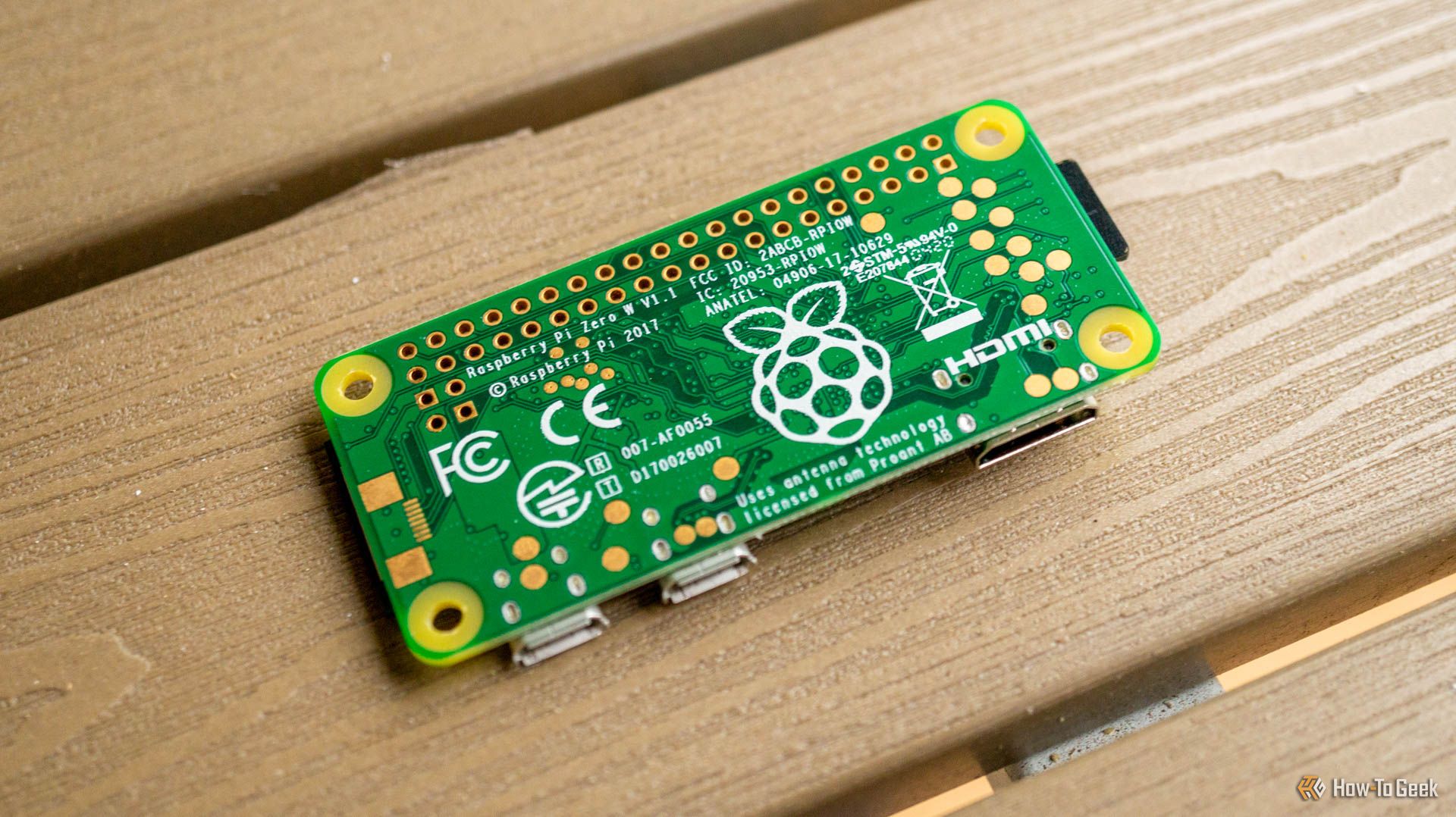Summary
- The Raspberry Pi 4 Model B at $35 is a versatile choice for various projects, ranging from gadgets to web servers.
- The $15 Raspberry Pi Zero 2 W is ideal for light tasks like hosting web services or Bluetooth conversion.
- The powerful Raspberry Pi 5 at $50 offers more features like PCIe support and dual-band Wi-Fi, as well as a 2.4GHz quad-core CPU.
There are several Raspberry Pi models to choose from and even more price points. With models as low as $15 and as expensive as $120, here are the price points of the three main Raspberry Pi mini-computers and what they’re good for.
The Raspberry for Everyone
At $35, the Raspberry Pi 4 Model B is honestly the Pi for everyone, I think. It comes with 1GB of RAM on the base model, and for $75, you can get 8GB of RAM.
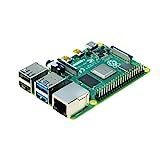
Raspberry Pi 4 Model B
With the Raspberry Pi 4 Model B, you can create all kinds of fun projects, and upgrade gadgets around your home. Alternatively, install a full desktop OS and use it like a regular computer.
While the Pi 4 B might not have nearly the power that the Pi 5 has, it’s still more than enough for the average person running lightweight tasks. I use a Pi 3 B to run my backup Pi-Hole server and it does a fantastic job at that.
With the Pi 4 B, you’ll get two micro HDMI ports that can each output 4K to separate displays, Gigabit Ethernet, USB-C power, two USB 3.0 and two USB 2.0 ports, and much more. The Pi 4 B also offers a quad-core 1.8GHz ARM processor alongside up to 8GB of RAM and much more.
The Pi 4 is also compatible with many of Raspberry Pi’s official accessories, like the PoE+ HAT. With the PoE+ hat, you can power your Raspberry Pi without the need for a USB-C power supply, as it can get its juice right from the Ethernet port of the Pi itself.
So, if your Pi needs include light webserver tasks, home automation, or even retro gaming, the Pi 4 B, starting at $35, is perfect for you.
The Pi for Those Who Just Need a Slice
Not every task requires a lot of power. That’s where the $15 Raspberry Pi Zero 2 W comes in. As an ultra-low-power Raspberry Pi, the Zero 2 W features a quad-core 1GHz processor with 512MB of RAM. It has built-in Wi-Fi and Bluetooth 4.2, though no Ethernet jack. There’s also a USB 2.0 OTG port and 40-pin GPIO header should you need any additional expansion.
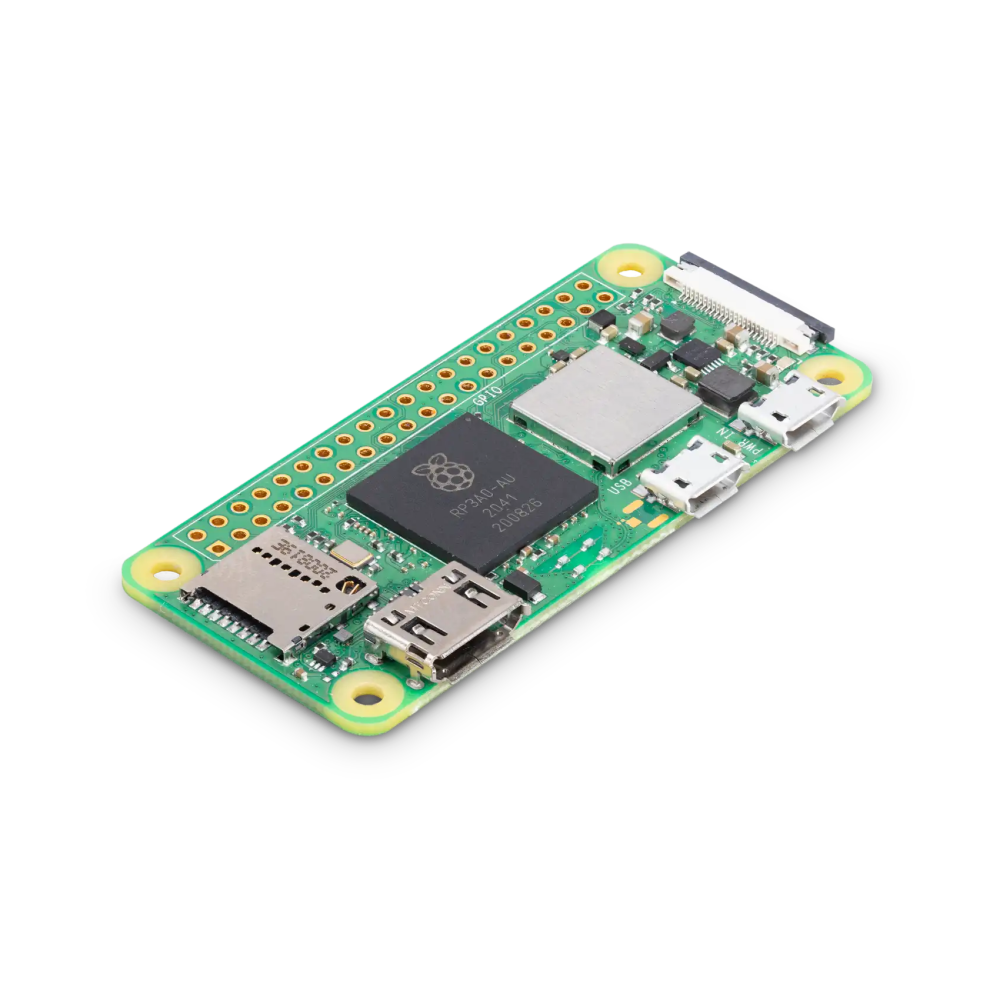
Raspberry Pi Zero 2 W
The Raspberry Pi Zero 2 W is super tiny and super affordable, but it packs enough computing power for a variety of DIY projects. You can use it to create a handheld retro gaming console, for Klipper/Mainsail, a super compact home or media server, and more.
The thing is, for the Pi Zero 2 W, you shouldn’t need a lot of expansion. This is a great, lightweight Pi to handle simple tasks. The Mini HDMI port allows you to hook it up to an external monitor if necessary.
However, where I see the Pi Zero 2 W excelling is in hosting ultra-lightweight web services or as a backup device. The Pi Zero 2 W would be great as a secondary Pi-Hole server. It would also work well for converting an old analog speaker to use Bluetooth. One more use would be making a wired printer wireless.
There are a lot of projects that the Pi Zero 2 W can handle, but just make sure you’re not trying to do tons of gaming or AI processes on this $15 slice of Pi.
The King of Pi
If you’re after the most power possible in a Raspberry Pi currently, then the Pi 5 is it. The processor is way more powerful, clocking in at 2.4GHz on the quad-core ARM CPU. You’ll also find a minimum of 2GB of RAM on this $50 SBC, with the ability to upgrade all the way to 16GB for $120.
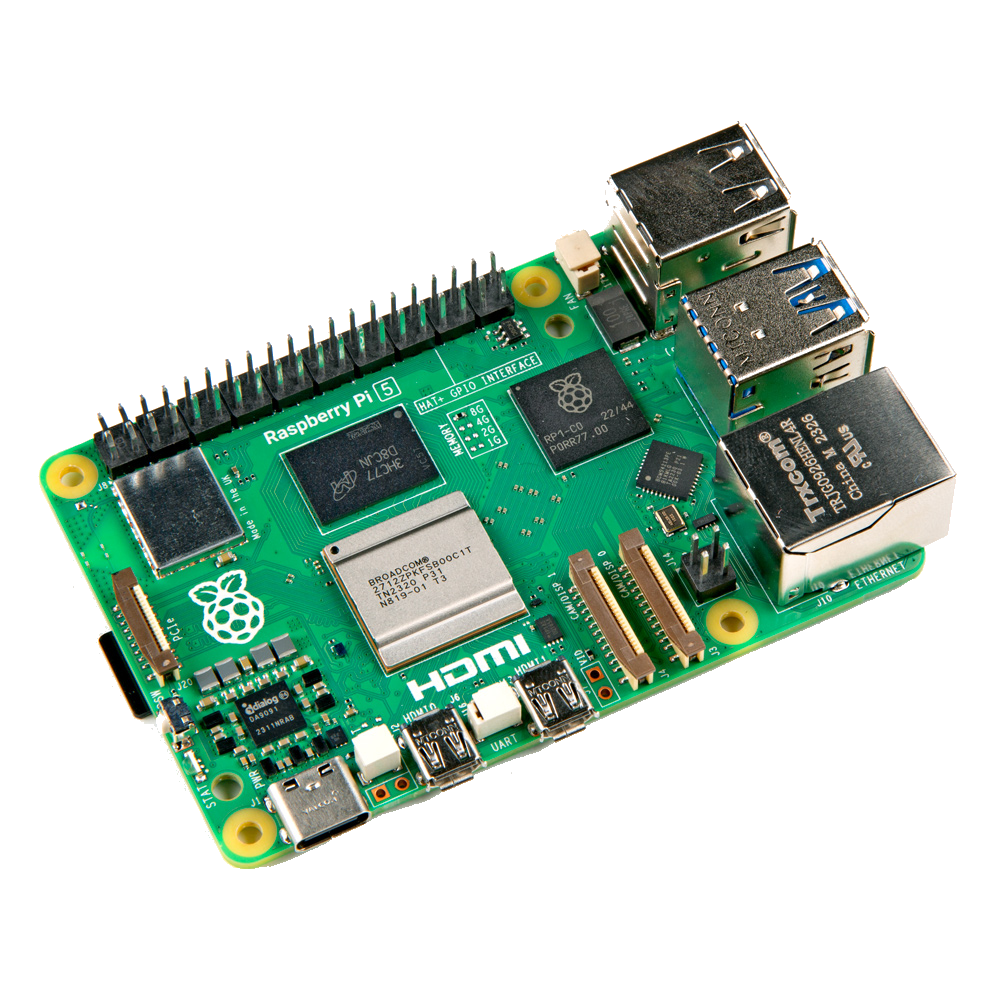
Raspberry Pi 5
It’s only recommended for tech-savvy users, but the Raspberry Pi 5 is a tinkerer’s dream. Cheap, highly customizable, and with great onboard specs, it’s a solid base for your next mini PC.
With dual-band Wi-Fi onboard, alongside Bluetooth 5.0, Bluetooth LE, and Gigabit Ethernet, the Pi 5 has quite a lot going for it. In fact, the Pi 5 adds a PCIe 2.0 x1 interface for the first time on a Pi, meaning you can leverage NVMe storage or other PCIe-based peripherals and accessories.
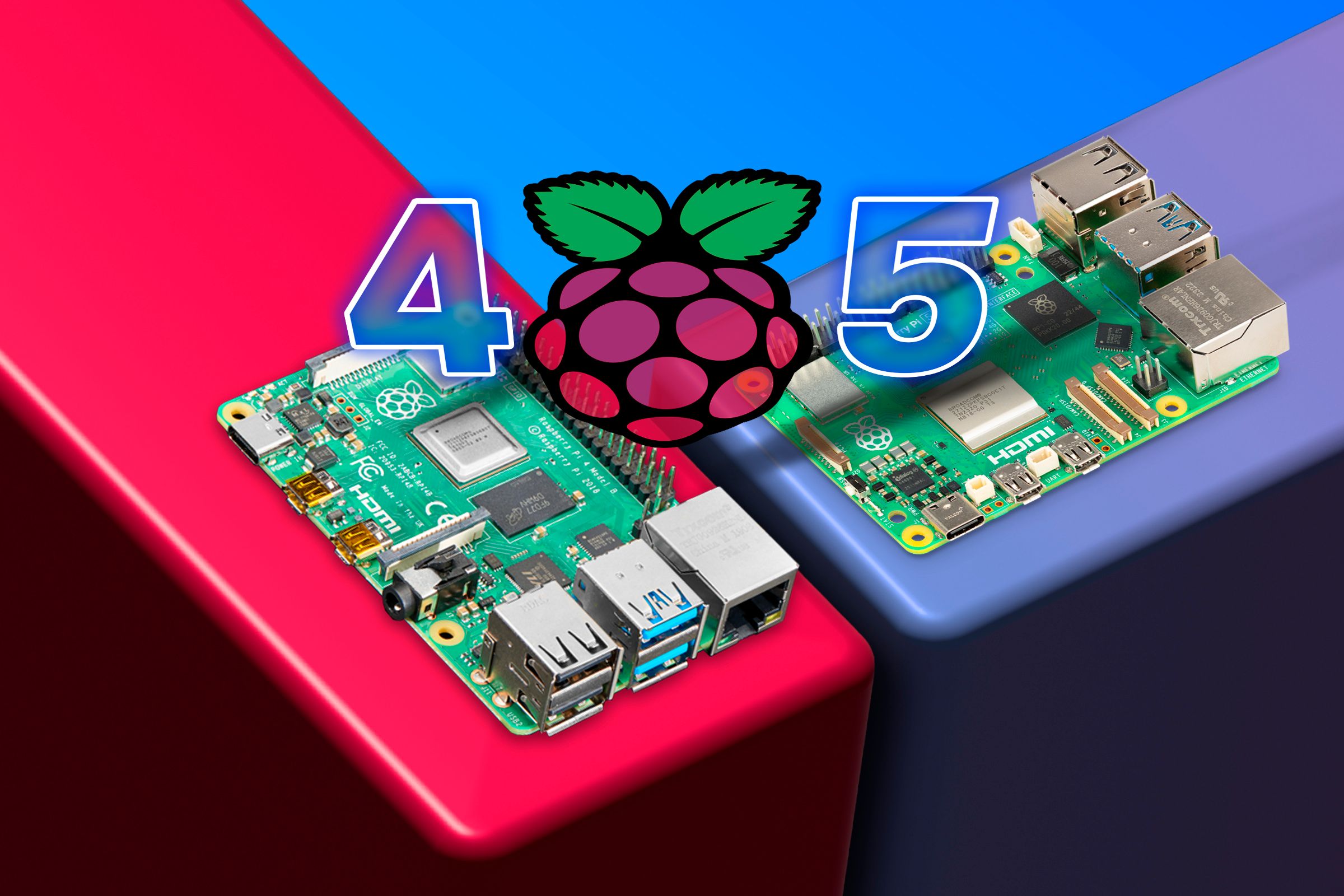
Related
Raspberry Pi 4 vs. 5: Which One Should You Choose?
With the Raspberry Pi 5 now available, is it really a better choice than the Pi 4?
The Pi 5 has a lot to offer, but it’s also pretty expensive. You could buy a Pi 4 B and a Pi Zero 2 W for the price of one Pi 5, but you’d have two completely independent computers for that price. If you think of upgrading to the $120 16GB version, that’s only a few dollars short of having two separate Pi 4 B 8GB SBCs.
Overall, the Pi 5 is the king of Pi for now. It’s got a ton of power and can utilize the new Pi hats like the AI HAT+ for artificial intelligence workloads. But, it does come at a higher cost. It’s up to you to determine if that extra cost is worth it for your scenario.
Now that you’ve chosen the perfect Pi for your setup, it’s time to choose the right OS. Here are nine popular operating systems to run on your Pi that aren’t Raspbian.



